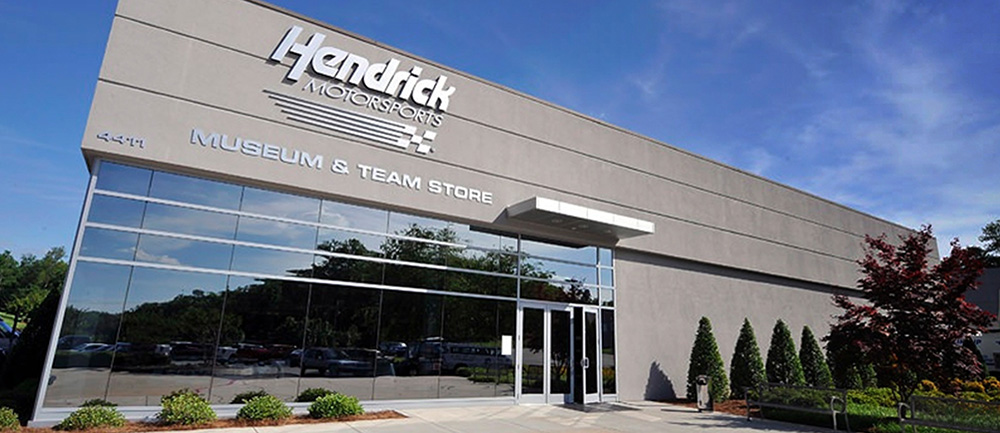
CONCORD, N.C. – Beyond pit road, high above the grandstands and suites, you’ll find the various spotters of NASCAR.
Although most of their work is done behind the scenes, their presence is crucial to a team’s success on the track.
But what exactly are the duties they perform each race weekend?
We caught up with Chase Elliott’s spotter, Eddie D’Hondt, to get an inside look at what it means to be the spotter of the No. 24 NAPA Brakes Chevrolet SS.
1) D’Hondt is no stranger to Hendrick Motorsports. He worked with the team in the days of Joe Nemecheck and the No. 25 car. His second tour with the organization was with Jeff Gordon and the No. 24 team.
“I was actually spotting for Kyle Busch at the time,” D’Hondt explained. “(No. 24 team crew chief) Alan (Gustafson) called me one day and asked me if I would be interested in spotting for Jeff Gordon. We worked out a deal and I ended up spending five years with Jeff. This is my second year with Chase.”
2) The role of a spotter has changed over the years. According to D’Hondt, spotters are now more than just a safety tool. They’re also involved in the performance of cars on the track.
“Most of the spotters today are guys that used to drive or have a good sense of what a driver’s feeling,” D’Hondt said. “They know what a track can be like and what the mechanics of the car are. We provide good, useful information to the driver so that he can process that and choose whether or not to use it in what he’s doing.”
3) Preparation for races each week can be very different. The way teams prepare for a race each week varies depending on the track size and shape. The No. 24 team spotter said it’s all about knowing the runs each car is making versus where they are in position and how to block them.
“A lot of that comes from experience, but also shapes as the driver and spotter spend more and more time doing the different races together,” D’Hondt said. “For example, Daytona and Talladega are their own anomalies – it’s a totally different spotter/driver role where I pretty much do not stop talking the entire race. That’s how a speedway race unfolds.”

4) Communication between a driver and a spotter begins in the shop. Elliott and D’Hondt meet early in the week with the rest of the team to discuss strategy for the next race.
“Pre-race starts on Tuesday,” D’Hondt said. “I’ll tell Chase a bunch of things that I noticed from last week or notes that I have from years past on tendencies, just to kind of stimulate. Most of the time he’ll know them, but then there are times where he’ll go, ‘Oh, yeah.’”
5) The competitive aspect of racing is what gets D’Hondt to work every morning.
“I like the thrill of the race,” D’Hondt expressed. “If our stuff is right and we’re very competitive and we have a chance to win, I like all that comes up to that. It’s so hard to get everything right in a day’s time, but when you do, it’s so fulfilling.”







